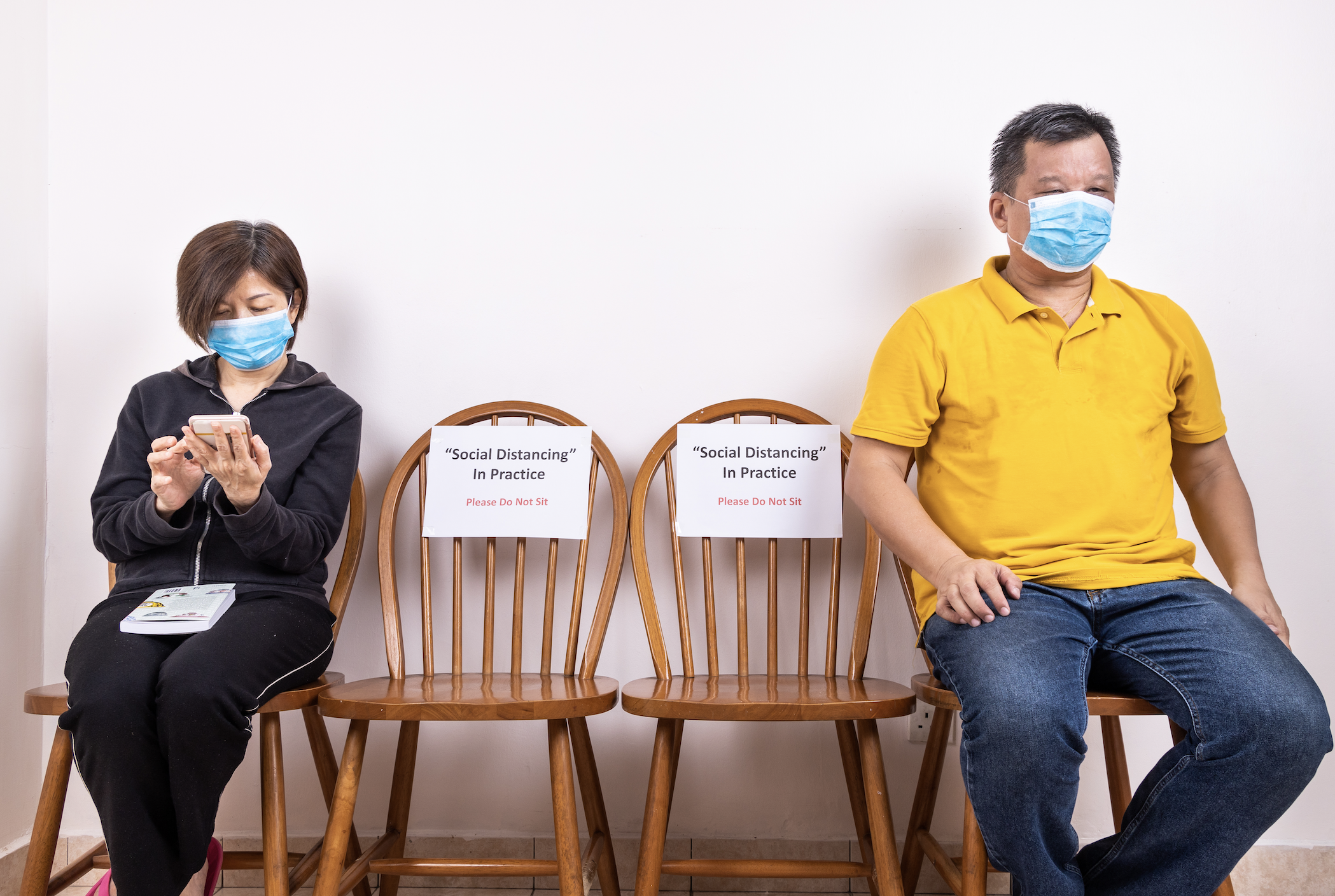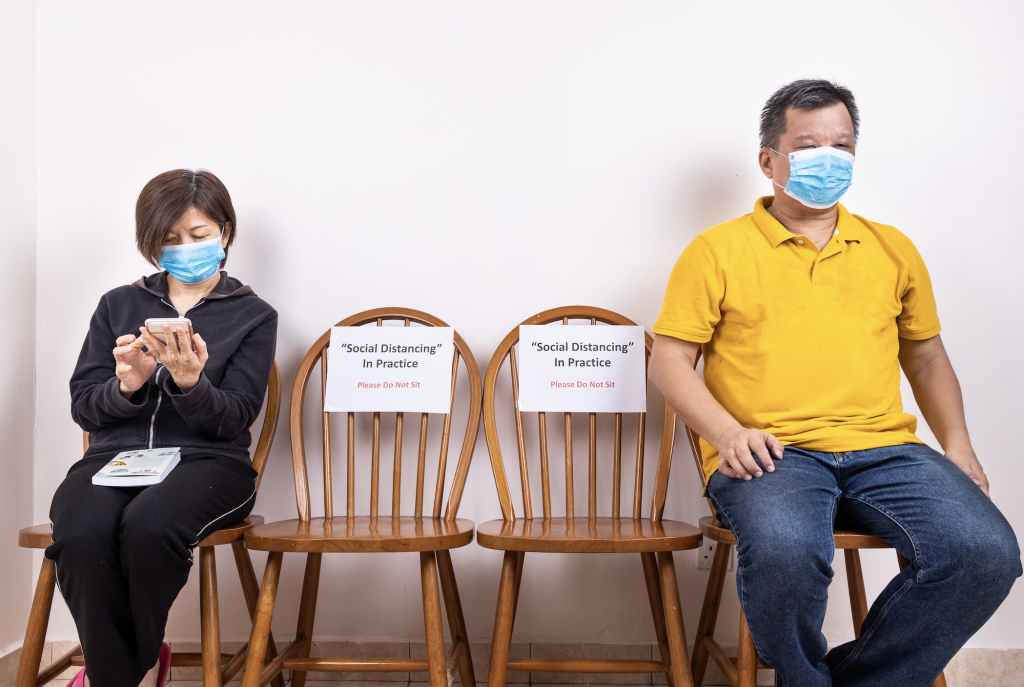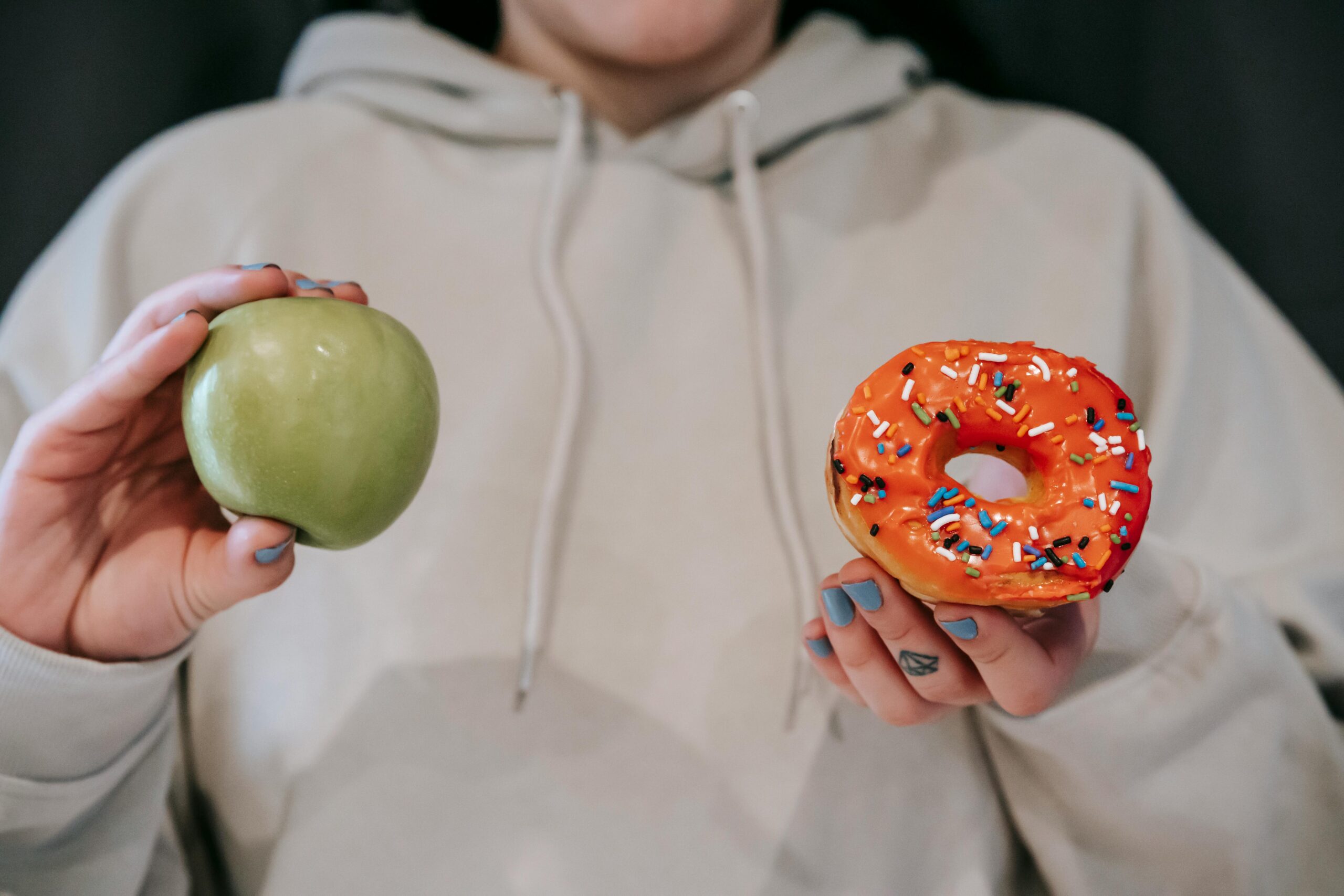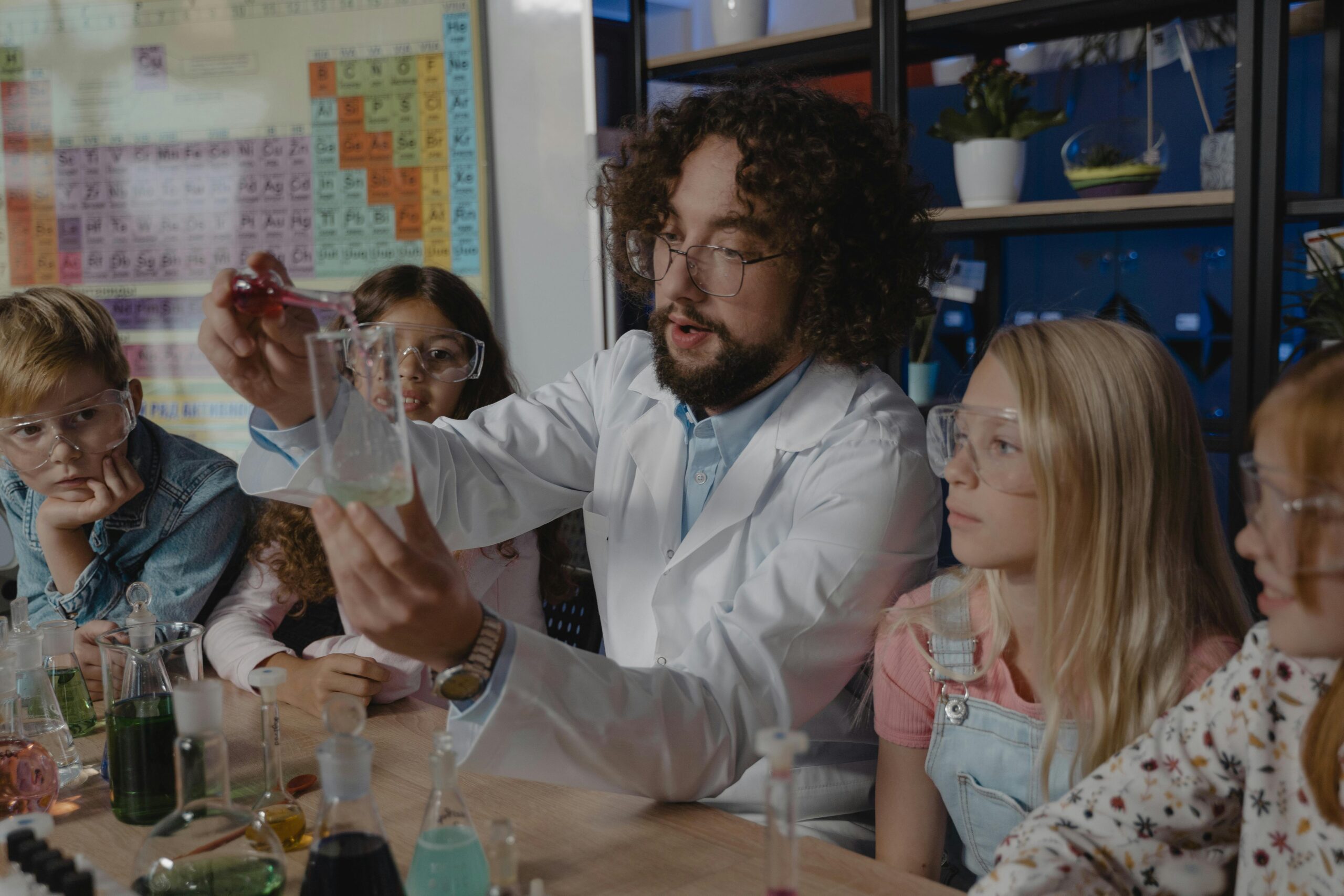
What Will We Remember from This Pandemic?
A few years ago, my extended family gathered for a reunion. My sisters and I reminisced about our childhoods, including vacations, past girlfriends and boyfriends, squabbles we had, you name it. What struck me that day was, while we all remembered significant occasions, we all recalled different details, smaller occasions and we even retained different stories.
Behavioral scientists have gathered a body of research that suggests our memories are not only fallible, but they can be downright inaccurate and even reconstructed. For example, my sister and I recall a very different upbringing, even though we grew up in the same home. Our recollections of our dad are similar, but we drew different conclusions. She and I unwittingly reassembled our mental libraries of what happened.
The American Psychological Association tells us victims of sexual assault, who swear they can identify their perpetrator, can get it wrong less than a month later. Observing a lineup of suspects, they point to the one they’re sure did it. But it’s impossible for any of the men to have done it since each was selected from a local prison and were not free to commit the crime. More than we realize, our memories play tricks on us. Sometimes, we do it to ourselves.
Memories are a funny thing. They’re not sound but are constructed by our minds.

Reconstructing Our Memories
Researchers have come to realize that memories are created over time from our perceptions of reality. An episode of a National Public Radio podcast, Hidden Brain, talks about this idea. It’s called “Did That Really Happen?” Even the conversations we have or the media we consume after an event has occurred can reshape our recollection of it. Of course, that’s not the way it feels inside our heads. Many of us trust our memories, especially regarding significant events. So, let’s break down how this happens. Memories are affected by:
- Expectations – Our memories are colored by what we expected to happen.
- Imaginations – Our version of reality is shaped in our minds with each story we tell.
- Preconceived Notions – We look for confirmation bias, and life seems to reaffirm it.
- Emotions – The level of emotion we feel in the moment influences our memory of it.
In addition to that, our mood, our sleep levels, our personality all play a role in exactly what we remember. This will be key to leading students to base their memories on fact and to construct a healthy memory of this pandemic. It could make or break their future.
Four Ideas to Help Students Form a Healthy Memory of the Pandemic
One of my concerns for today’s “pandemic population” of teens is they’ll emerge from it afterward with a “victim mindset” or a “scarcity mindset.” Due to what’s happened they can easily feel they’re behind and will never catch up in their career. They lost an internship, a job interview, or a trip opportunity. The economy has slumped, and they may never earn the salary they would have prior to COVID-19. These are all valid concerns.
The key will be enabling them to retain an accurate memory but a positive narrative.
1. In a group, recall what’s happened and make a pro and con list.
Accurate memories occur when several perspectives are offered in a conversation about the same past event. In this case, talk about the 2020 pandemic. List what your family or class remembers and be sure to make a “positives” and “negatives” column. This will enable everyone to feel honest yet hopeful. In this discussion, it will become evident who sees the glass half full or half empty.
2. Review the hardships of each past generation.
One pitfall for the “pandemic population” of kids today is to feel they’re the only ones who’ve been through a tough time. While COVID-19 is unique, each former generation had its own set of hardships. Boomers grew up with assassinations, riots, and their own pandemic (Hong Kong Flu); Generation X grew up with the Vietnam War and Watergate; Millennials grew up with child abductions, a Columbine massacre and 9-11.
3. Clarify the “silver lining” in today’s pandemic.
I’ve spoken of this before — but it deserves repeating. Past generations of caring adults were careful to help youth find the advantage to a disadvantage. What did they learn, how did they grow or what was experienced that might have never been accomplished had we not endured the pandemic. While it may feel cheesy to a teen, this is a habit every healthy person has learned to build into their life.
4. Discuss a metaphor and story they can carry with them into the future.
This is most important: as a leader, talk over the story they will tell themselves, and others, years later? What will they tell their own children when they have them? Help students come up with an image or metaphor that can provide a mental “handle” for them in the future, especially when tempted to spiral downward emotionally.
My goal is to help you lead students well. Our job as parents, teachers, coaches, and employers is to equip them to think and act in a way that’s hopeful. Where there is no hope in the future, there is no power in the present. If this article was helpful, pre-order a copy of the brand new book, The Pandemic Population: Eight Strategies to Help Generation Z Rediscover Hope After Coronavirus. Click here to pre-order this new book today.






